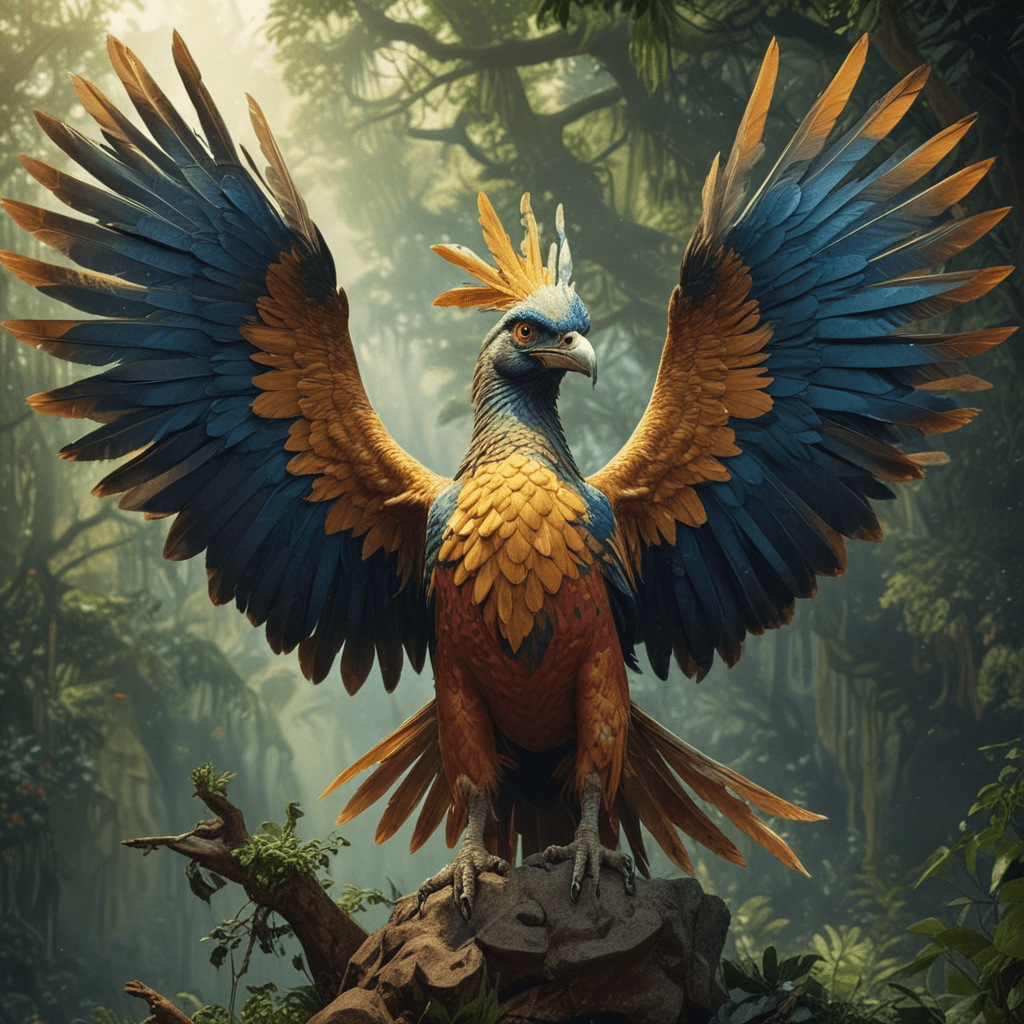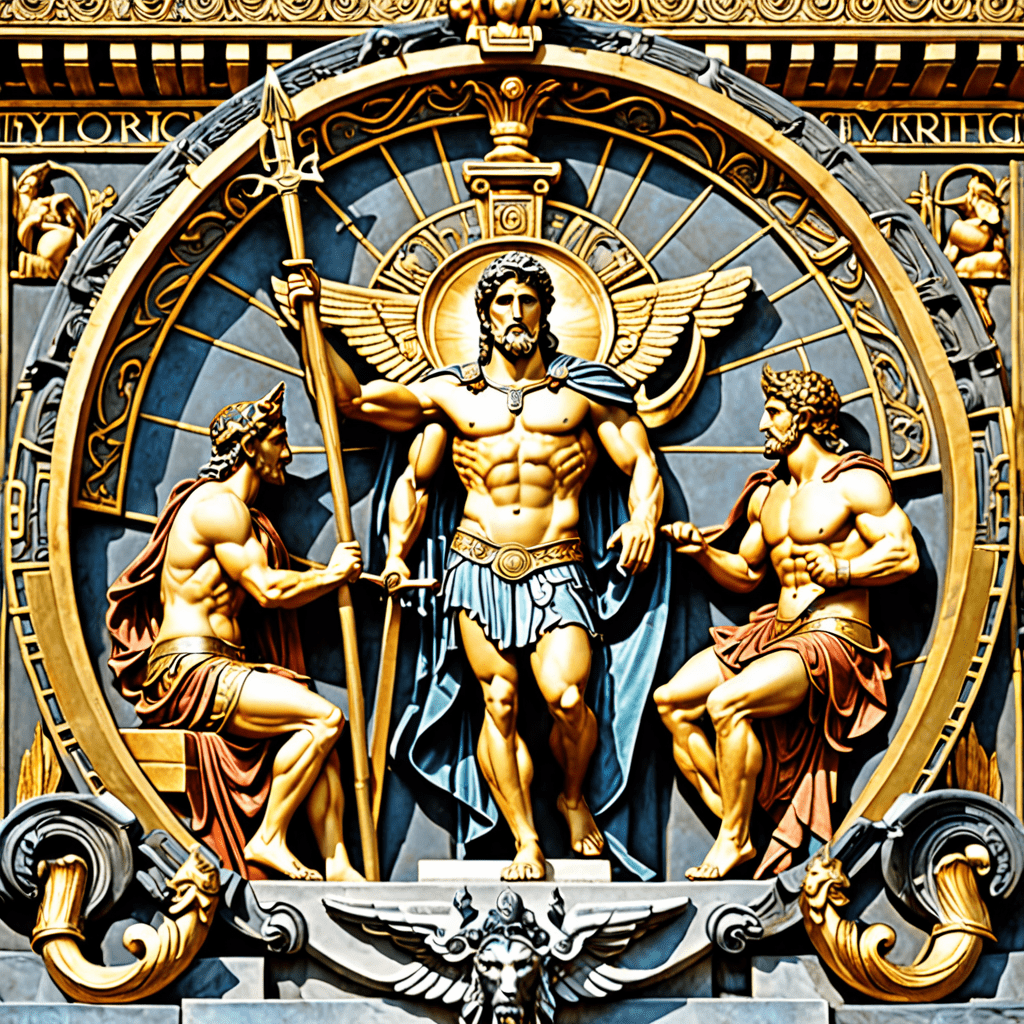Slavic Mythology: Tales of Survival and Adaptation
I. Origins and History of Slavic Mythology
Slavic mythology is a rich and diverse body of beliefs, stories, and practices that emerged among the Slavic peoples of Eastern Europe. Its origins stretch back to ancient times, with influences from pre-Slavic cultures and the broader Indo-European mythological tradition. Slavic mythology is characterized by its emphasis on the natural world, the interconnectedness of all things, and the interplay between humans and supernatural beings.
II. The Slavic Pantheon: Deities and Spirits
The Slavic pantheon is populated by a vast array of deities and spirits, each with their own unique powers and responsibilities. Prominent figures include:
- Perun, the god of thunder and lightning
- Veles, the god of the underworld and cattle
- Svarog, the god of fire and metalworking
- Zorya, the goddess of the dawn
- Mokosh, the goddess of the Earth
III. The Cosmic Tree: Yggdrasil and its Significance
The Cosmic Tree, known as Yggdrasil in Norse mythology, holds a central place in Slavic mythology. It is believed to connect the heavens, the earth, and the underworld, serving as a pathway for communication between the realms. The tree's roots are said to reach into the depths of the underworld, while its branches extend into the sky, representing the interconnectedness of all things.
IV. Creation Myths and Legends of Origin
Slavic mythology offers several different creation myths, each with its own unique perspective on the origins of the world. One common theme is the idea of a primordial chaos from which the universe emerged. In some myths, the world is created by a supreme being, while in others, it is the result of the actions of various deities or spirits.
V. The Heroes of Slavic Mythology
Slavic mythology is filled with tales of heroic figures who embody the values of courage, strength, and resourcefulness. These heroes often battle against monsters, overcome obstacles, and protect their people from harm. Some of the most famous Slavic heroes include:
- Ilya Muromets, the bogatyr (mighty warrior)
- Dobrynya Nikitich, the cunning swordsman
- Alyosha Popovich, the young and reckless hero
VI. Rituals, Festivals, and Beliefs
Slavic mythology was closely intertwined with everyday life, influencing rituals, festivals, and beliefs. The seasons and natural cycles played a significant role in Slavic mythology, with festivals and rituals marking important transitions in the year. For example, the spring festival of Maslenitsa celebrated the arrival of spring and the end of winter.
VII. The Impact of Christianity on Slavic Mythology
With the spread of Christianity among the Slavic peoples, Slavic mythology underwent changes and adaptations. Some deities and spirits were associated with Christian saints, while others were demonized or forgotten. However, many elements of Slavic mythology persisted, blending with Christian beliefs and practices.
VIII. Slavic Folklore and its Preservation
Slavic folklore, including tales, legends, and songs, played a vital role in preserving Slavic mythology. These stories were passed down orally from generation to generation, ensuring the continuity of mythological traditions. In the 19th and 20th centuries, scholars and folklorists collected and documented Slavic folklore, preserving it for future generations.
IX. The Legacy of Slavic Mythology in Modern Culture
Slavic mythology continues to influence modern culture in various ways. Its characters, stories, and beliefs have inspired works of literature, art, music, and film. Slavic mythology also remains a source of cultural pride and identity for many Slavic peoples around the world.
X. Slavic Mythology as a Symbol of Resilience and Endurance
Slavic mythology serves as a testament to the resilience and endurance of the Slavic peoples. Despite經歷 centuries of wars, invasions, and cultural changes, Slavic mythology has survived and continues to inspire and resonate with people today. Its themes of survival, adaptation, and the interconnectedness of all things offer valuable insights into the human experience.
**FAQ**
Q: What is the origin of Slavic mythology?
A: Slavic mythology emerged from pre-Slavic cultures and the broader Indo-European mythological tradition.
Q: Who are some of the main deities in Slavic mythology?
A: Prominent deities include Perun, Veles, Svarog, Zorya, and Mokosh.
Q: What is the significance of the Cosmic Tree in Slavic mythology?
A: The Cosmic Tree symbolizes the interconnectedness of the heavens, the earth, and the underworld.
Q: How did Christianity influence Slavic mythology?
A: With the spread of Christianity, some deities were associated with Christian saints, while others were demonized or forgotten. However, elements of Slavic mythology persisted, blending with Christian beliefs.
Q: How has Slavic mythology influenced modern culture?
A: Slavic mythology continues to inspire works of literature, art, music, and film, and remains a source of cultural pride and identity for many Slavic peoples around the world.



